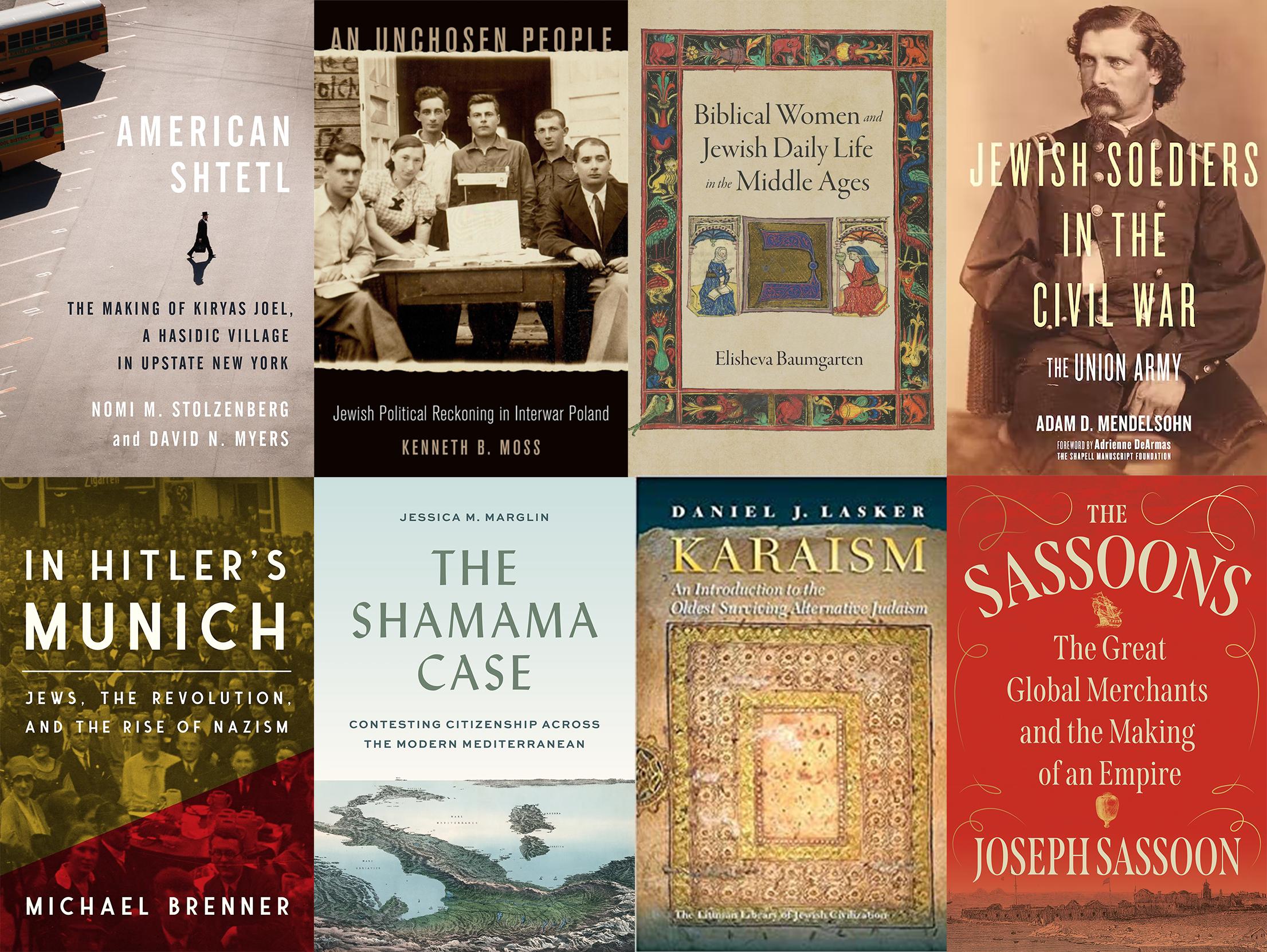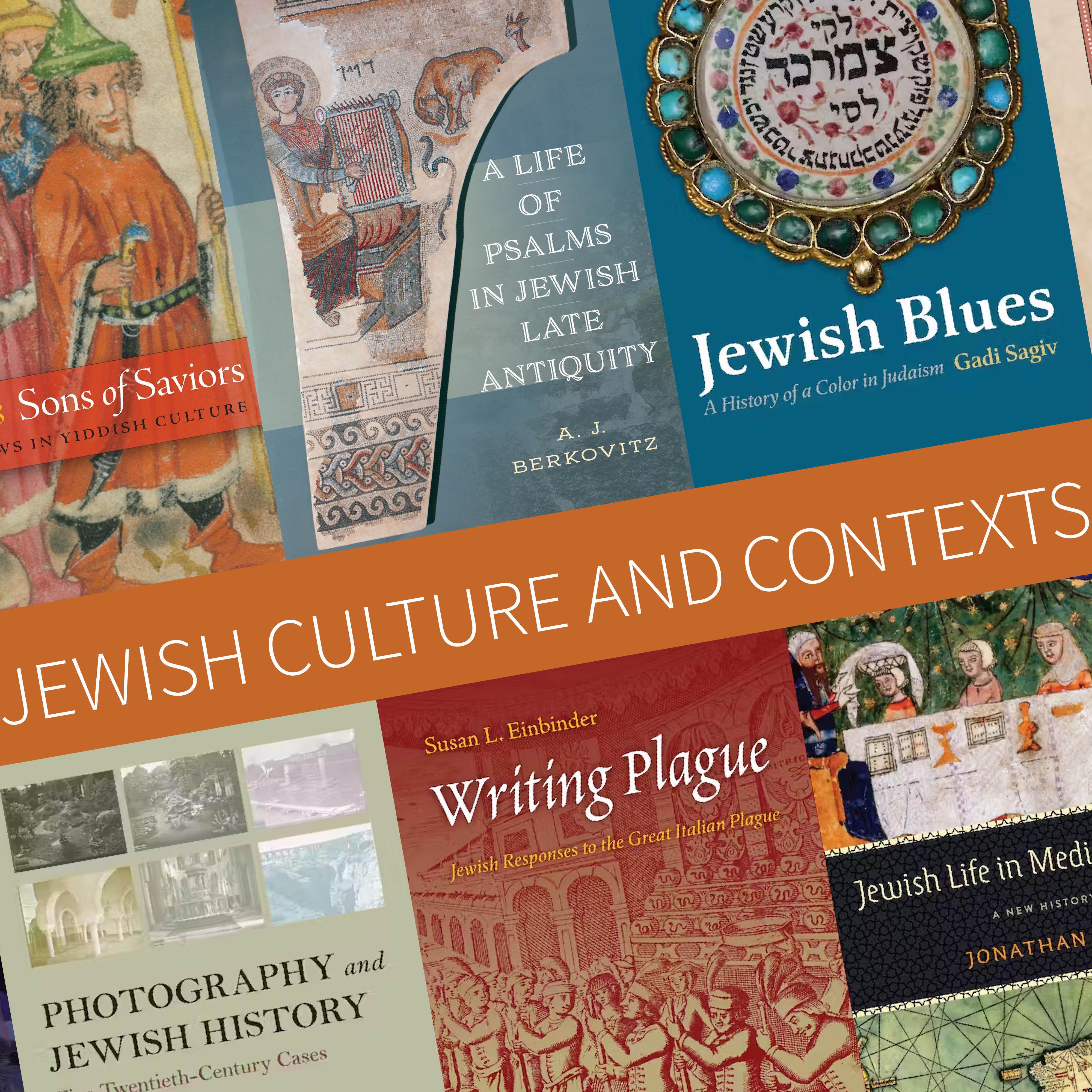New Titles in the Jewish Culture and Contexts Series: Spring 2025
Two new books on the interaction between modern media and Jewish life published by the Katz Center’s series with Penn Press
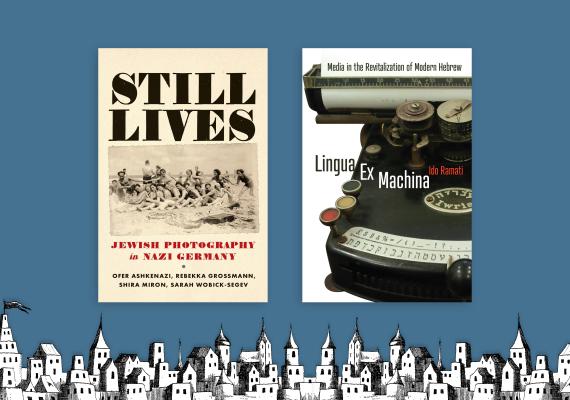
Modern media has not only documented Jewish culture but also transformed it by allowing Jews to express and represent themselves new ways. This is the thesis of two new titles in the Jewish Culture and Contexts series, which is published by Penn Press in collaboration with the Katz Center. Both volumes seek to deepen understanding of Jewish life from the nineteenth century to the present, one by approaching it through visual media, the other through writing and audio.
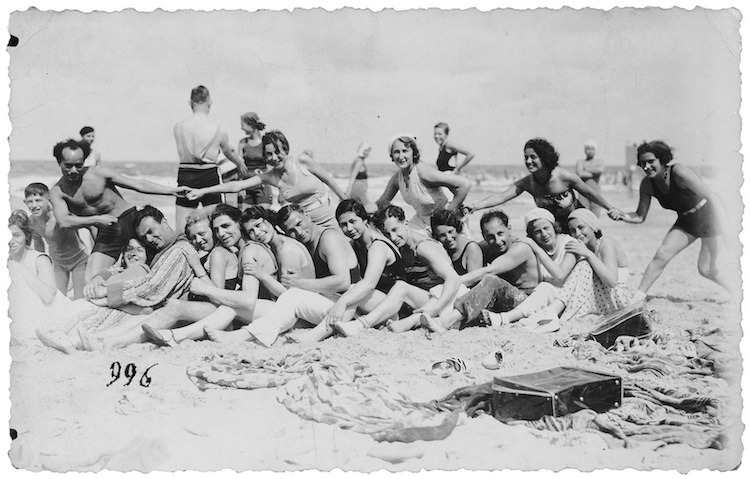
Still Lives: Jewish Photography in Nazi Germany by Ofer Ashkenazi, Sarah Wobick-Segev, Rebekka Grossmann, and Shira Miron (2025)
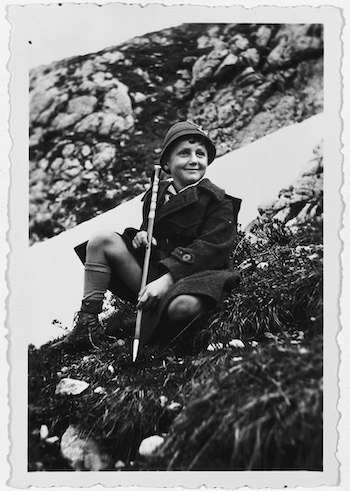 Still Lives is a systematic study of the ways Jews used photographs to document their experiences in the face of National Socialism. In a time of intensifying anti-Jewish rhetoric and policies, German Jews documented their daily lives and their environment in tens of thousands of photographs. German Jews of considerably diverse backgrounds took and preserved these photographs: professional and amateurs, of different ages, gender, and classes. The book argues that these previously overlooked photographs convey otherwise unuttered views, emotions, and self-perceptions. Based on a database of more than fifteen thousand relevant images, it analyzes photographs within the historical contexts of their production, preservation, and intended viewing, and explores a plethora of Jews’ reactions to the changing landscapes of post-1933 Germany. Here, the authors claim that these reactions complement, complicate, and, sometimes, undermine the contents of contemporaneous written sources.
Still Lives is a systematic study of the ways Jews used photographs to document their experiences in the face of National Socialism. In a time of intensifying anti-Jewish rhetoric and policies, German Jews documented their daily lives and their environment in tens of thousands of photographs. German Jews of considerably diverse backgrounds took and preserved these photographs: professional and amateurs, of different ages, gender, and classes. The book argues that these previously overlooked photographs convey otherwise unuttered views, emotions, and self-perceptions. Based on a database of more than fifteen thousand relevant images, it analyzes photographs within the historical contexts of their production, preservation, and intended viewing, and explores a plethora of Jews’ reactions to the changing landscapes of post-1933 Germany. Here, the authors claim that these reactions complement, complicate, and, sometimes, undermine the contents of contemporaneous written sources.
Still Lives develops a new methodology for historians to use while reading and analyzing photographs, and shows how one can highlight an image’s role in a narrative that comments on, and assigns meaning to, the reality it documents. In times of radical uncertainty, numerous German Jews used photography to communicate their intricate, confused, and conflicting expectations, fears, and beliefs. Through careful analysis of these photographs, this book lays the foundations for a new history of the German-Jewish experience during the National Socialist years.
Book description adapted from the Penn Press website.
Image above: Irmgard Levy and Walter Brill on the beach with friends, Norderney, 1934. Brill Family Collection, Jewish Museum Berlin.
Image left: Herbert Simon during a family vacation in the Alps, 1935. Herbet Simon Collection, Jewish Museum Berlin.
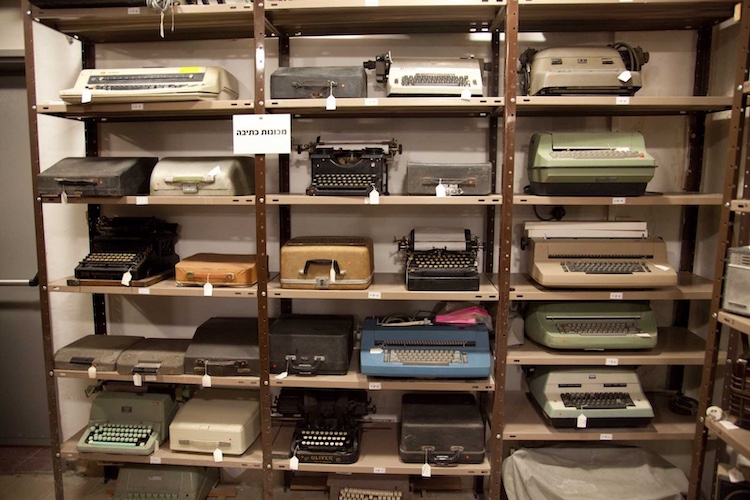
Lingua Ex Machina: Media in the Revitalization of Modern Hebrew by Ido Ramati (2025)
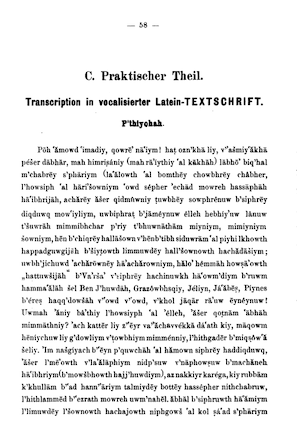 After lying dormant for two millennia as a mainly written language, Hebrew awoke from its literary slumber to become a living modern vernacular. This revitalization is unique and unprecedented in world history, and its success has been studied in fields from linguistics to cultural history. However, the role of modern technologies in mediating this revival has not yet been considered.
After lying dormant for two millennia as a mainly written language, Hebrew awoke from its literary slumber to become a living modern vernacular. This revitalization is unique and unprecedented in world history, and its success has been studied in fields from linguistics to cultural history. However, the role of modern technologies in mediating this revival has not yet been considered.
What happens when an ancient language meets modern technology? Lingua Ex Machina explores such a moment in its investigation of the role media technologies—including typewriters, phonographs, and computers—played in the revitalization and modernization of Hebrew from the end of the nineteenth century into the present day.
Ido Ramati examines the role sound recording technologies played in shaping the reemergence of modern Hebrew speech, reveals how the Hebraized typewriter pushed for the modernization of writing in Hebrew, and ultimately argues that these media—whose development and adoption paralleled the revitalization of Hebrew—were an active force in shaping the language as a modern communicative medium. This case study of Hebrew furnishes researchers with a rare opportunity to investigate the complex relation between language, its speakers, and technology at a decisive moment, and sheds new light on the study of media technologies and their theoretical, lingual, and social implications.
Book description taken from the Penn Press website.
Image above: Typewriters in the historic collection of the Madatech National Museum of Science and Technology, Haifa.
Image right: Latinized Hebrew script in Jisaac Rosenberg, Hebräische Conversations-Grammatik: Kurzgefasstes theoretisch-praktisches Lehrbuch der modernen hebräischen Conversations-und Schriftsprache / mit chronologisch und geographisch geordneten Schriftproben und einem Abriss der hebräischen Stenographie (Wien: A. Hartleben’s, 1898), 58.

